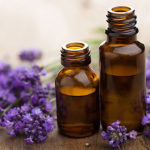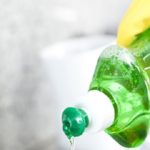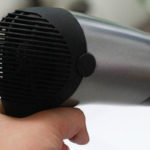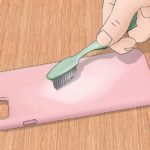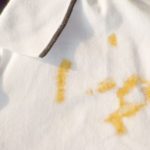I think almost every household has a few cleaning cloths for wiping tables, chairs, kitchen utensils, etc. I also have a few of these cloths. When it comes to choosing a cleaning cloth, I usually go for the cheaper ones to save money, but I still prioritize soft and absorbent ones.
Maybe the sellers would “cry out” because I have not replaced my cleaning cloths in 5 years. It’s true that I have been using the same kitchen cleaning cloth for 5 years and it is still as clean as new, even though I cook and use the cloth every day.
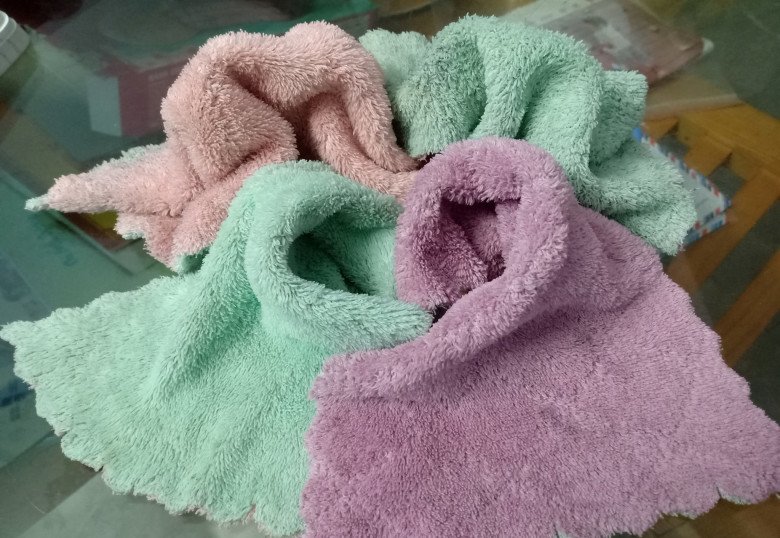
Actually, keeping a cloth clean requires some secrets. I am a “clean addict”, and the secret to keeping my cleaning cloths clean and as good as new for 5 years lies in these two secrets.
– Wash immediately after use with dishwashing liquid
The secret to keeping the cleaning cloths clean and looking like new after 5 years is that I always wash them with dishwashing liquid immediately after use. If I cook a lot and the kitchen walls and stove are covered in grease, I wash them twice with soap to remove the greasy stains on the cloth.
At the same time, washing them with warm water helps the grease stains dissolve more quickly.
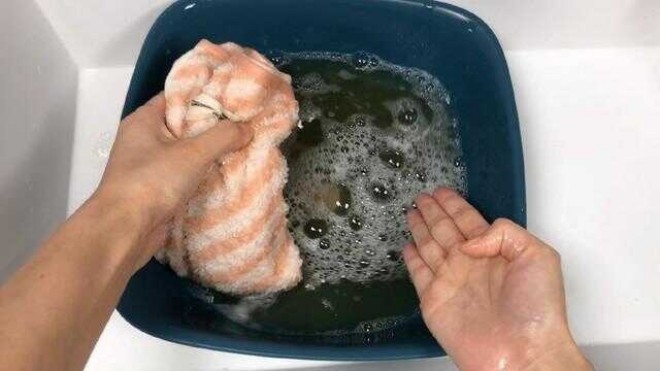
– Use white vinegar and baking soda
Baking soda and white vinegar are not only cooking ingredients but also known for their strong cleaning power. They can clean calcium deposits on stainless steel, clean toilets, remove grease stains on stoves, and clean cleaning cloths.
All you need to do is mix 1 tablespoon of baking soda, 2 tablespoons of white vinegar, and 200ml of boiling water in a stainless steel basin. Place the cleaning cloth in the bowl so that the entire cloth is soaked in this mixture. Soak it for 10 minutes, then use your hands to scrub and remove dirt residue.
After that, wash the cloth with clean water and it will be as clean as new. Note that you should wear gloves when washing the cloth to avoid damaging your hands.
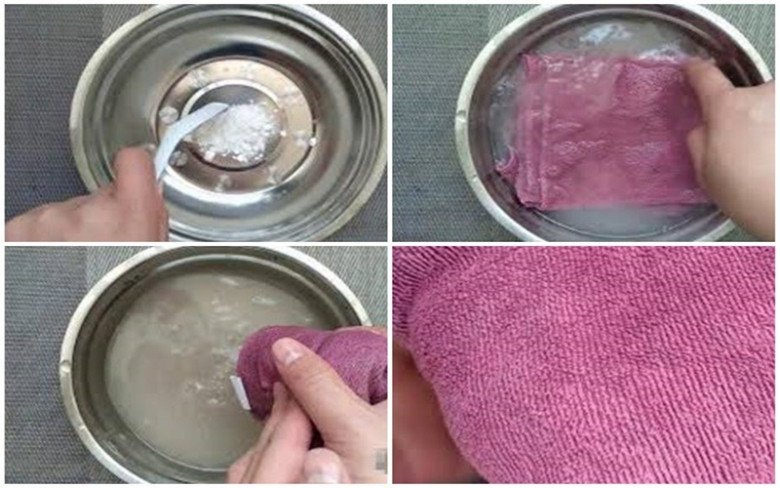
– Use stain remover for moldy cloths
If the cloth has mold spots, I use stain remover to get rid of them. In this case, simply soak the cloth in a little laundry bleach and add some soap, let it soak for about 30-40 minutes, then wash it again with soap, and the stains will be as clean as new.
After washing the cloth, it is best to hang it in a dry, well-ventilated area to dry quickly, avoiding hanging the cloth in the kitchen where it can develop a musty smell and mold.
According to Vietnam Net News
























